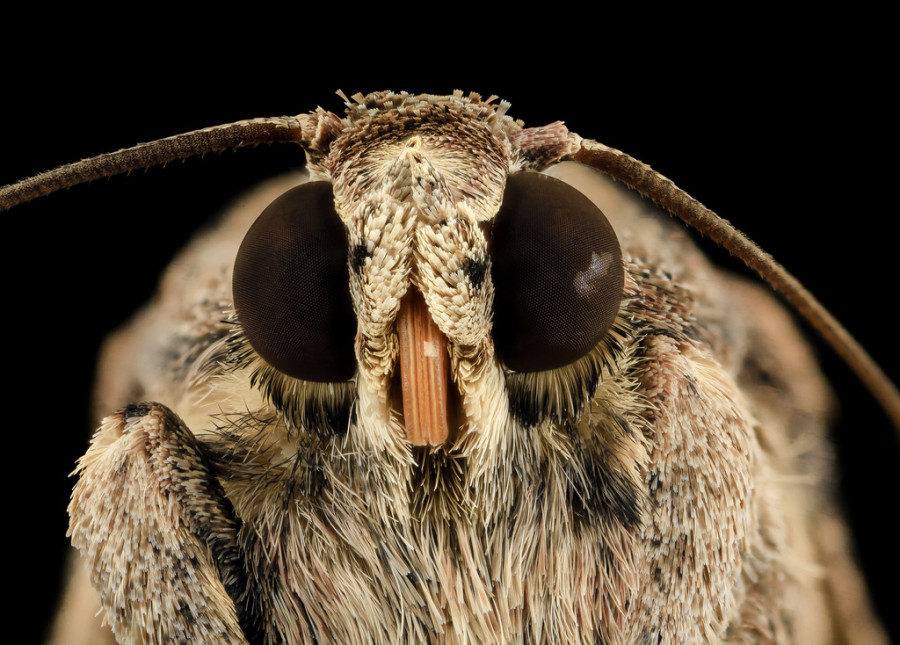Opinion
Inching towards invasion
The importance of developing an effective pest prevention mechanism cannot be overstated
Arati Joshi
Ensuring an effective pest management system is a fundamental prerequisite for prosperity and progress of any agriculture sector. While globalisation has fostered new possibilities in this field—especially with regards to technological advancements and international transport mechanisms—it has also posed serious threats and risks. One of these major threats is the routine transport of pests and diseases from one corner of world to the other. The agricultural sector in Nepal is extremely vulnerable to this threat. In May 2016, the emergence of a new invasive pest named Tuta absoluta (South American Tomato Leaf Miner) was recorded in Nepal from a commercial tomato farm in Kathmandu. Tuta was not a native pest;
it is believed that this pest might have found passage through the international import of tomatoes. Similarly, the potato tuber moth (Phthorimaea operculella)
and Giant African Snail (Lissachatina fulica) continue to affect crop production to farmers across the country. Clearly depicting Nepal’s failures in strengthening our quarantine systems, these cases led to a considerable loss in crop production in many districts.
And we clearly have not learned from the experience. According to the Plant Protection Directorate, a new invasive pest, ‘fall armyworm (Spodoptera frugiperda)’, is next to cause havoc in the country. Fall Armyworm is a voracious feeder of the whole maize plant, especially its tassels and the leaves. It can destroy hectares of land in just a few days and can claim its stake over a country at rapid speeds because of its ability to fly for more than 100 kilometers per night.
The pervasive insect is native to tropical and subtropical America. According to the Centre for Agriculture and Bioscience International (CABI), fall army worm, is a lepidopteron pest, which poses threats to more than 80 species of plants, with major impacts on maize, rice, sorghum, sugarcane and vegetable crops. The rapid reproductive potential of the worm further enhances its establishment in the invaded areas. It first spread from America to Central and Western Africa in early 2016, and then gradually made its way to 44 African countries.
Realising the gravity of the situation and the pests’ potential to affect global food security in the future, the FAO has mobilised $12 million for an International fall army worm control program. It is almost impossible to prevent the spread of the fall army worm, therefore suitable control measures have been sought by researchers all over the world. Alarms have been raised by Nepali scholars in the agricultural field when the pest was reportedly discovered in India in August of this year. Nepali farmers and other stakeholders must be aware of this pest and should start taking prior pest management planning. This crop-munching worm, which transitions into a moth in adult life, can brutally affect small holder farmers who depend primarily on maize for food as well as income. After rice, maize is the second most important cereal crop of Nepal, in terms of area and production. The demand for maize has been increasing by 5 percent annually. It is not only the staple food crop for many hill communities, but is also an important ingredient in food for domestic livestock, particularly poultry. It is necessary for the concerned stakeholders to determine adequate responses to the threats posed to maize production and the poultry sector. Recognising Nepal’s lack of an effective plant quarantine management system, agricultural specialists and entomologists throughout Nepal are prioritising the fall army worm threat.
According to the International Food Policy Research Institute, farmers use chemical pesticides as an immediate response to this pest. However, this protective measure is counterproductive; it is not only harmful for the environment and for human beings, but it also increases the pest’s tolerance towards the chemical pesticide in the long-run. Therefore, the most suitable and eco-friendly alternative to managing the insect is the Integrated Pest Management technique.
This technique aims to keep the population of the insect below the economic injury level. It includes the use of commonly available plants with natural insect repellent abilities like lime, gurjo, garlic, onion, and others. Biological predators,
entomo-pathogenic microbes and plant-based pesticides are also effective means
for control.
The Nepali government should immediately form a taskforce for the control and management of this invasion. Farmer’s participation should be made compulsory in this process; programmes and workshops organised to discuss preventive measures must be accessible to the public. Sensitising farmers and making them aware of the symptoms of armyworm presence could facilitate the control of the insect. We have failed in this endeavour in the past but with proper preventive mechanisms in place, it is possible to avoid large-scale devastation in the future.
Joshi is a student at the Agriculture and Forestry University in Rampur, Chitwan.




 13.12°C Kathmandu
13.12°C Kathmandu










